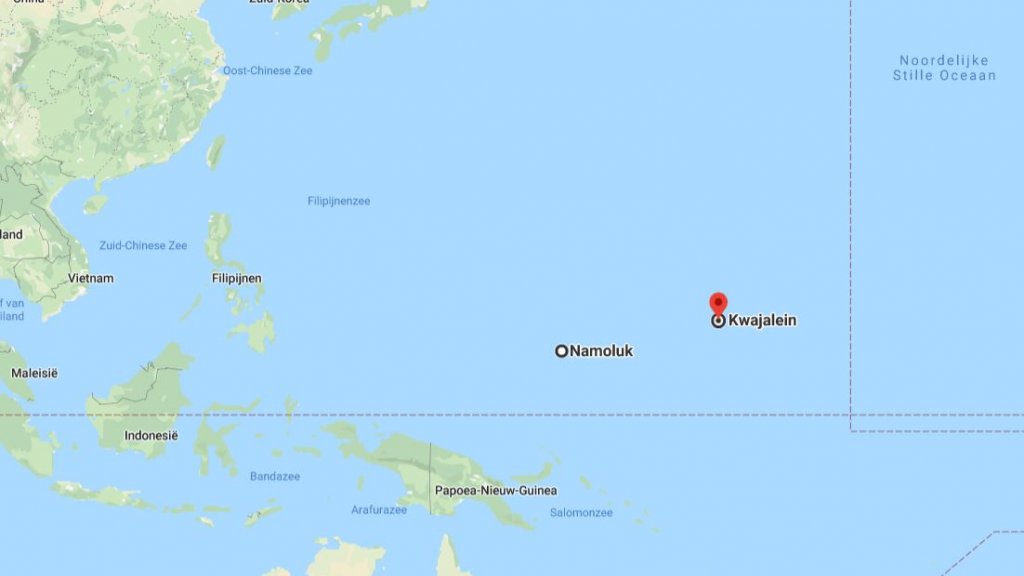Palau

Palau is a small island nation and republic in Micronesia in the Pacific Ocean. It consists of approximately 340 islands with a total land area of 459 square kilometers (177 square miles). The islands are mostly volcanic, with some coral formations. The capital city is Ngerulmud, located on the island of Babeldaob. Palau has a population of around 18,000 people. The official languages are Palauan and English. The currency is the US dollar. Palau is a member of the United Nations, the Pacific Community, and the Micronesian Forum.## Kleine eilandenstaat en republiek in Micronesië in de Grote Oceaan (5)

Executive Summary

This comprehensive article provides an in-depth exploration of the small island nation and republic of Palau, nestled within the vast expanse of the Pacific Ocean in the Micronesian region. Through an examination of its unique characteristics, diverse subtopics, and cultural heritage, this article offers a captivating insight into the essence of Palau.
Introduction
Palau, an enchanting archipelago of over 300 pristine islands, is a haven of unspoiled beauty and rich biodiversity. As a sovereign republic, it boasts a vibrant history, a distinctive culture, and an unwavering commitment to environmental preservation. From its awe-inspiring natural wonders to its thriving marine ecosystems, Palau captivates the imagination, beckoning travelers and nature enthusiasts alike to delve into its captivating embrace.
Frequently Asked Questions (FAQs)
-
What is the official language of Palau?
- Palauan and English
-
What is the local currency of Palau?
- US Dollar (USD)
-
What is the best time of year to visit Palau?
- Year-round destination, with peak season from November to April
Subtopics
Geography and Climate
- Over 300 islands, with a total land area of approximately 460 square kilometers
- Archipelago is surrounded by the Philippine Sea to the west and the Pacific Ocean to the east
- Tropical climate, with average temperatures ranging from 24 to 30 degrees Celsius
- Mild and consistent temperatures throughout the year
Population and Culture
- Population of approximately 18,000
- Predominantly Palauan, with significant minorities of Filipino, Japanese, and Chinese descent
- Rich cultural heritage, influenced by Micronesian, Japanese, and Western traditions
- Strong emphasis on community, tradition, and environmental stewardship
Economy and Tourism
- Small, developing economy, with tourism and fishing as major industries
- Pristine beaches, crystal-clear waters, and world-class diving and snorkeling attract tourists
- Government initiatives focus on sustainable tourism and economic diversification
- Ecotourism and conservation efforts play a significant role
Flora and Fauna
- Diverse and abundant marine life, including over 1,500 species of fish and 700 species of coral
- Home to the famous Jellyfish Lake, where millions of non-stinging jellyfish reside
- Variety of terrestrial wildlife, including bats, monitor lizards, and fruit doves
- Strict conservation measures and marine protected areas safeguard the delicate ecosystem
History and Politics
- Originally settled by Micronesian and Polynesian seafarers
- First European contact by Spanish explorers in the 16th century
- Became a Spanish colony in the 19th century
- Japanese occupation during World War II
- Gained independence in 1994
- Democratic republic with a constitutional government
Conclusion
Palau, a captivating island nation nestled amidst the enigmatic Pacific Ocean, stands as a testament to the harmonious coexistence between pristine nature and vibrant culture. With its awe-inspiring landscapes, diverse ecosystems, and rich history, Palau captivates the senses and inspires a profound appreciation for the delicate balance of our planet. As a global advocate for environmental conservation, Palau serves as a beacon of hope, reminding us of the importance of safeguarding the wonders of our natural world for generations to come.
Keyword Tags
- Palau
- Micronesia
- Pacific Ocean
- Tourism
- Conservation
